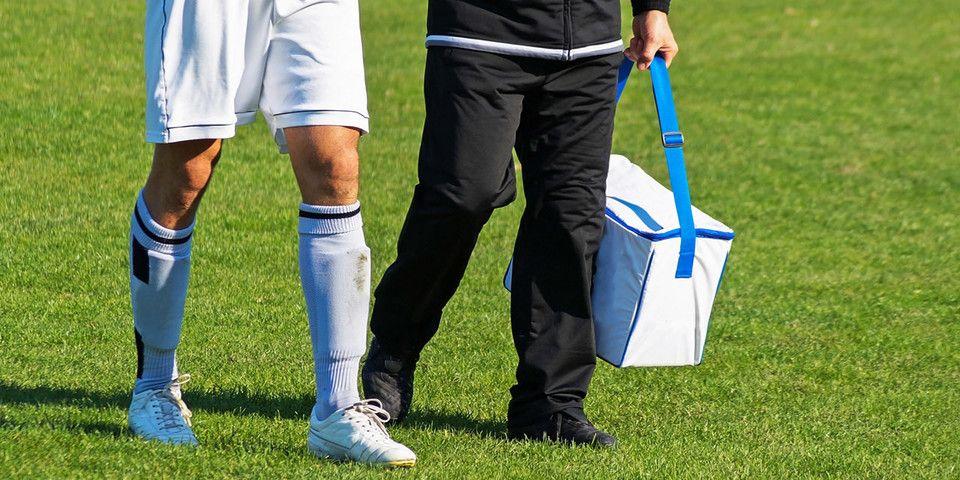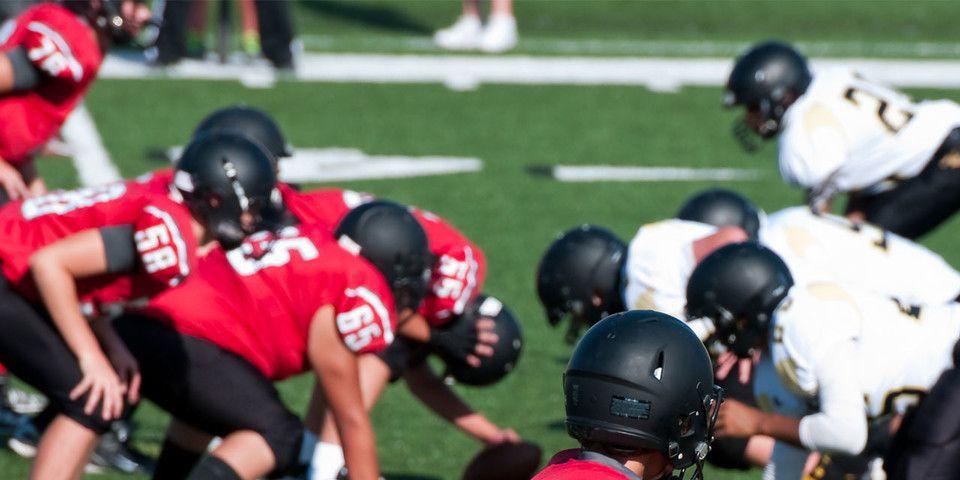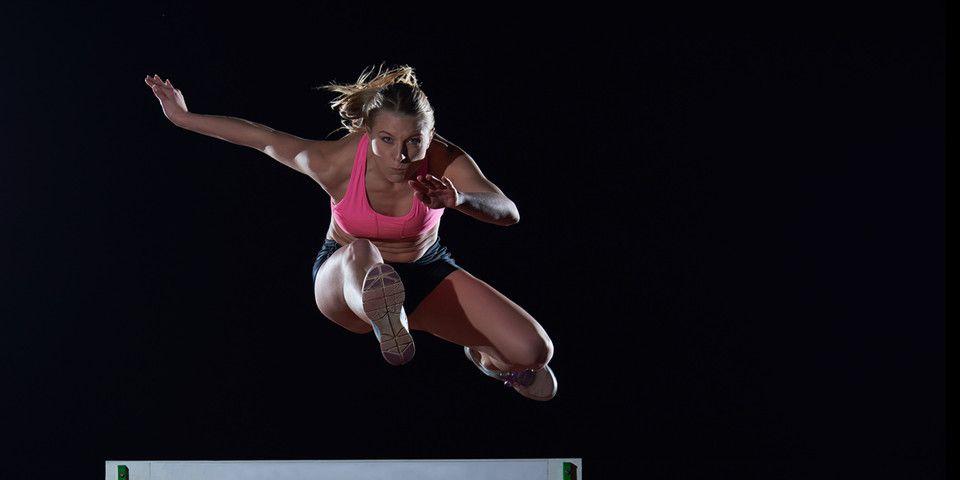The experts at Rothman Orthopaedic Institute have considerable experience treating runners’ injuries. This is the advice they recommend to beach runners.
Have you been witness to the barefoot running craze? Have you tried barefoot running yourself? In the past several years, the popularity of running has expanded massively. In particular, the popularity of barefoot running (including beach running) has exploded.
Citing the lifestyles and morphological development of prehistoric humans, numerous athletes and physicians have advocated for barefoot running as a healthy mode of activity with unique physical benefits. Among these barefoot benefits, research suggests that this mode of running can strengthen muscles, tendons, and ligaments of the foot (especially the Achilles tendon and calf muscle), improve gait, and reduce the risk of certain injuries, such as Achilles tendinitis.
One of the best settings for barefoot running is the beach, and beach running itself has special benefits— both for the true barefoot beach runner and the runner who utilizes beach running shoes.
Read on to learn about how to approach beach running in order to maximize health and exercise benefits while minimizing risks.
Make the Most of Beach Running and Avoid Injuries
While beach running can be an extremely healthy activity, improper technique can compromise benefits to the muscles, ligaments, and tendons—and, in some cases, can cause serious injury.
Following these ten beach run tips can help to ensure that your running experience is healthy, productive, and fun.
-
Select the right beach.
Simply picking the right setting can make an enormous difference in terms of the quality and safety of your running experience. The best beaches for running feature long, uninterrupted shoreline areas, few hard rocks and shells, and a flat, even sand surface. -
Sand type matters.
The most important element of the beach for runners is the sand itself. A firm, packed sand surface will produce less stress on your feet and calves and reduce the risk of injury and accidents due to loose, unstable sand. -
Take advantage of low tide.
One of the best ways to ensure a stable, firm running surface on the beach is to run during low tide on the damp sand at the water’s edge. -
Begin gradually.
Beach running requires considerably more muscular effort from your feet and legs and produces more stress on your muscles and ligaments. For this reason, it is important to begin running activity on the beach gradually and build up intensity over time. -
Keep runs short.
Even after acclimating to beach running, it is important to keep the added stress on your muscles, tendons, and ligaments in mind and maintain shorter runs than you would on hard surfaces. A shorter run on the beach is equivalent to a longer run on pavement. -
If needed, wear shoes.
While most beach runners prefer running barefoot, there are instances where wearing shoes during beach runs is advised. If beaches feature numerous shells or rocks, if you have a history of ligament issues or injuries, or if you require arch support, wearing shoes is recommended. -
Be cautious of lacerations.
While on the topic or rocks and shells, it’s important to maintain a heightened level of situational awareness anytime one runs barefoot—including the beach. Keep an eye out for objects in the sand that could cause lacerations of your feet. -
Avoid the heat of the day.
The period between noon and three o’clock is the hottest part of the day. With high sun exposure and hot conditions, the beach can cause heat exhaustion. To stay safe, avoid running during the heat of the day. -
Wear sunscreen.
Sunburns compromise your body’s ability to cool itself. To avoid burns and overheating during your beach runs, apply a generous amount of sunscreen prior to running. -
Be cautious of Plantar Fasciitis
Beach running can stretch the muscles and ligaments of your feet, causing an increased risk of plantar fasciitis (as well as ankle sprains, Achilles tendinitis, and more). If you have a history of these types of injuries, approach beach running with caution and moderation.
Beach running is a fun, healthy activity— when performed with proper technique in the right conditions. Keep these ten tips in mind before your next beach run and you’re likely to have a great experience. If you should suffer an injury, the experts at Rothman Orthopaedic Institute specialize in sports medicine; they can offer you the best treatment options available. To learn more, visit us here or contact us at 1-800-321-9999.
Related Specialties
Related Physicians
Related Conditions
Related Treatments
Related Services
Related Programs
-

Athletic Training- Sport Medicine Outreach
Our Field Athletic Trainers provide direct sports medicine care to youth, high school, college and professional athletes. Rothman AT’s provide athletic training services throughout Southeastern PA and NJ to interscholastic high schools, colleges, as well as tournaments and special events.Read More -

Injury Prevention Program
The Injury Prevention Program at the Rothman Orthopaedic Institute is dedicated to the prevention of injuries from athletic participation, particularly youth sports.Read More -

Women’s Sports Medicine Program
The Women’s Sports Medicine Program at the Rothman Orthopaedic Institute is the first of its kind in the Philadelphia metro area and one of only several such programs specializing in the comprehensive care of the female athlete in the country.Read More





